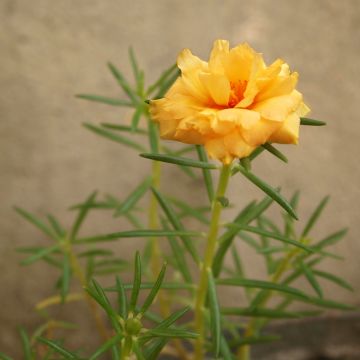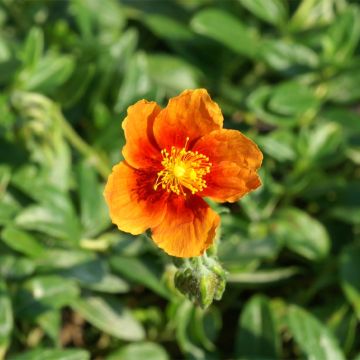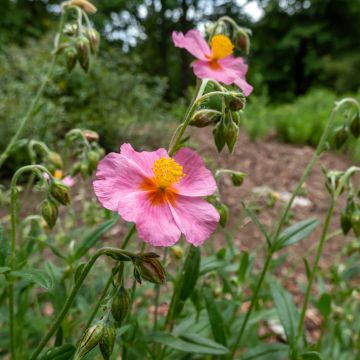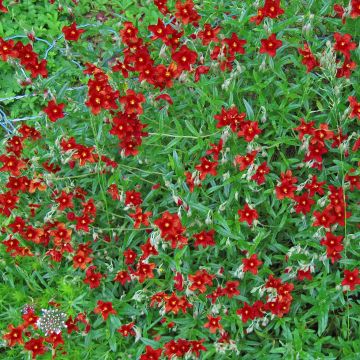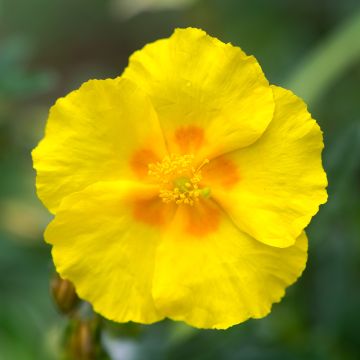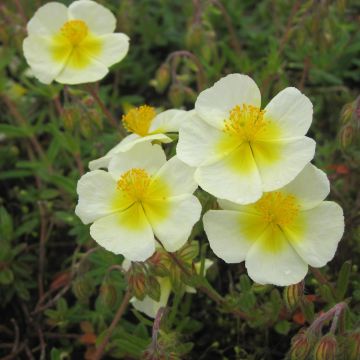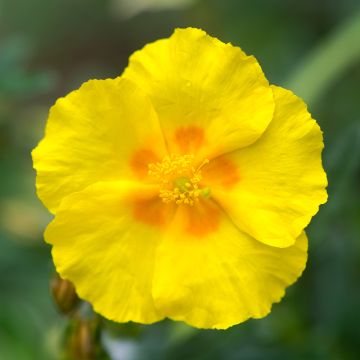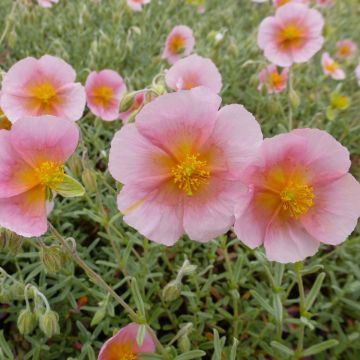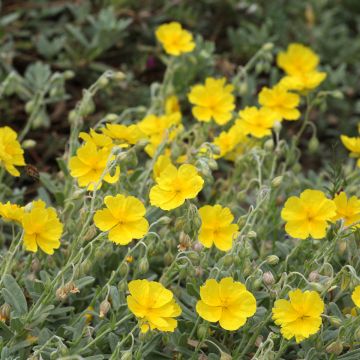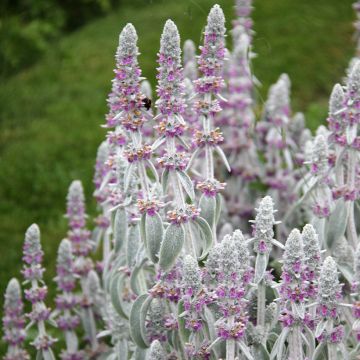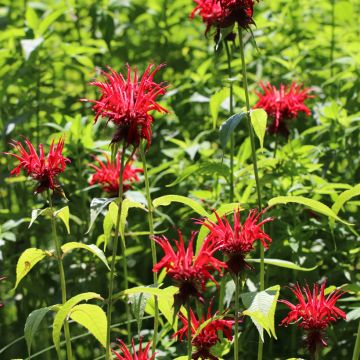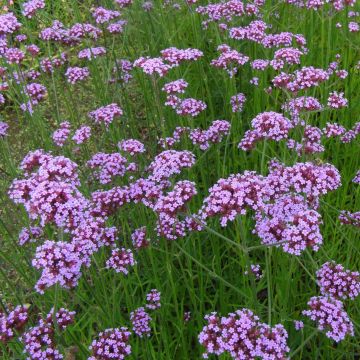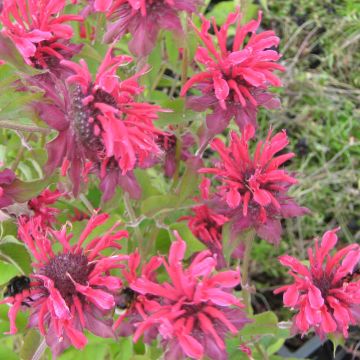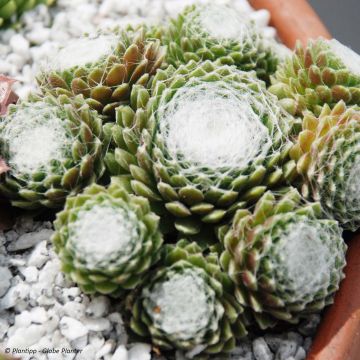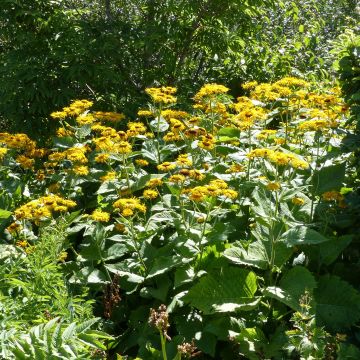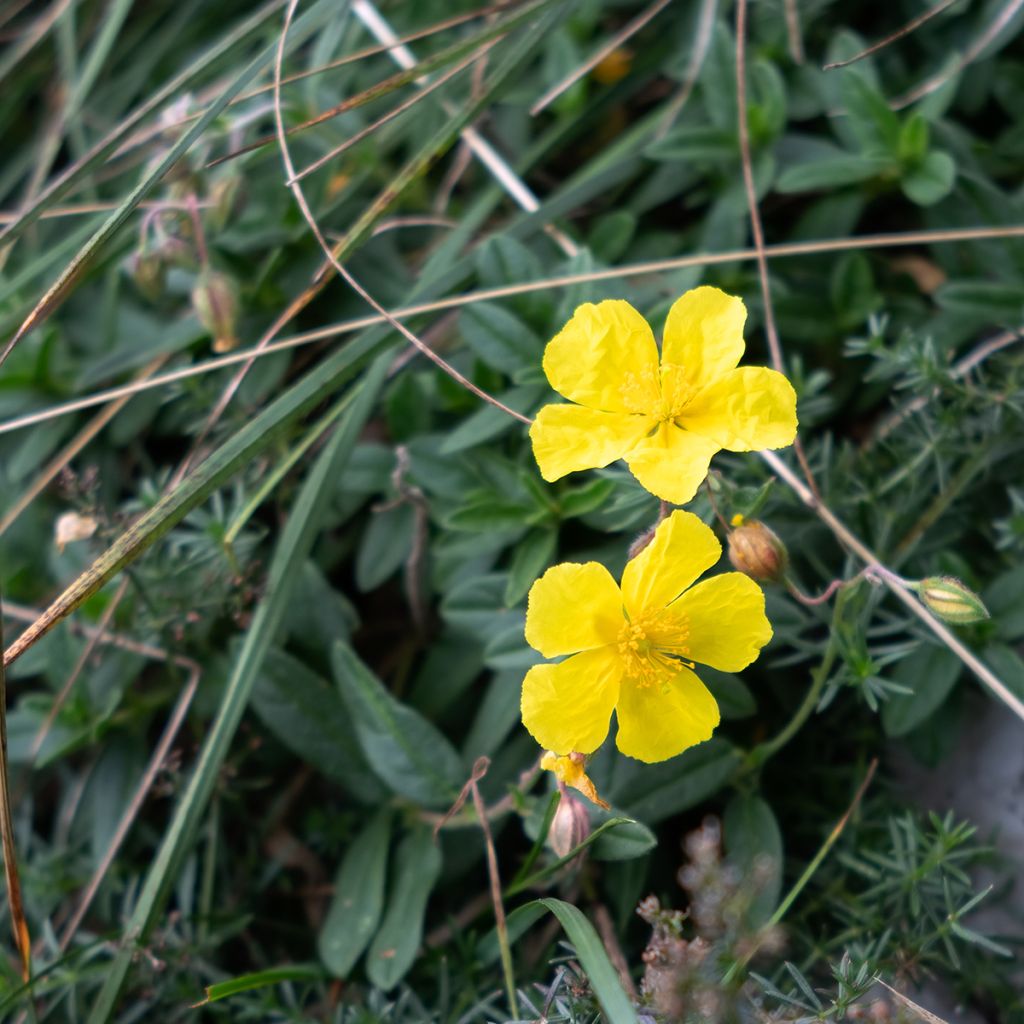

Helianthemum nummularium - Rock Rose
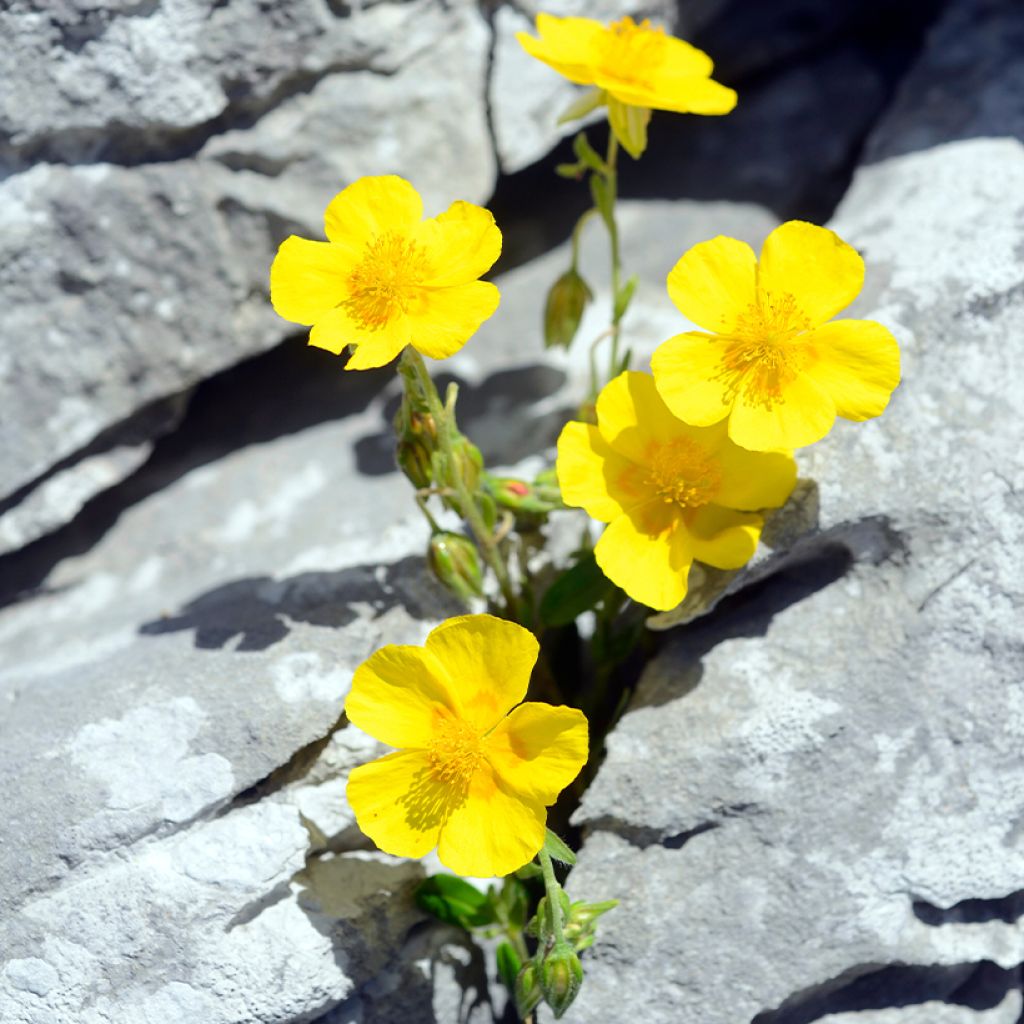

Helianthemum nummularium - Rock Rose
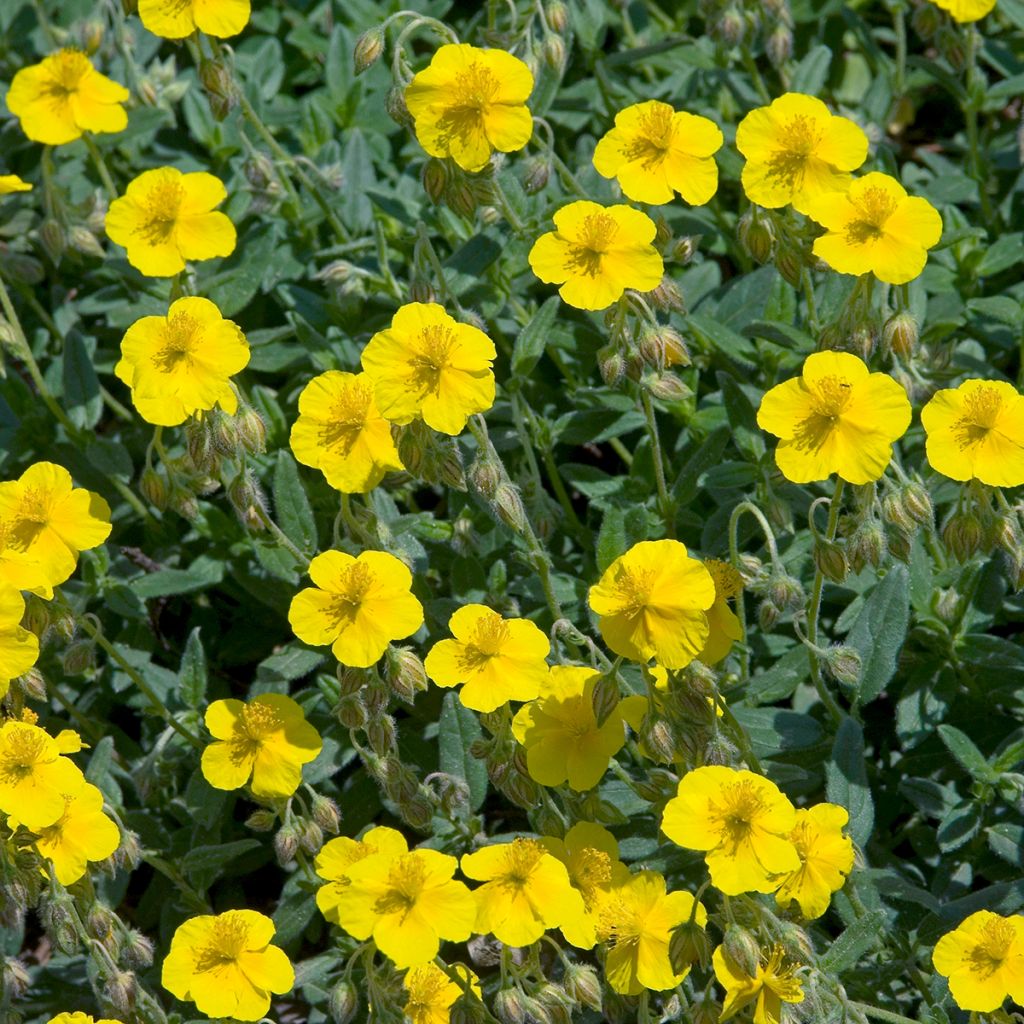

Helianthemum nummularium - Rock Rose
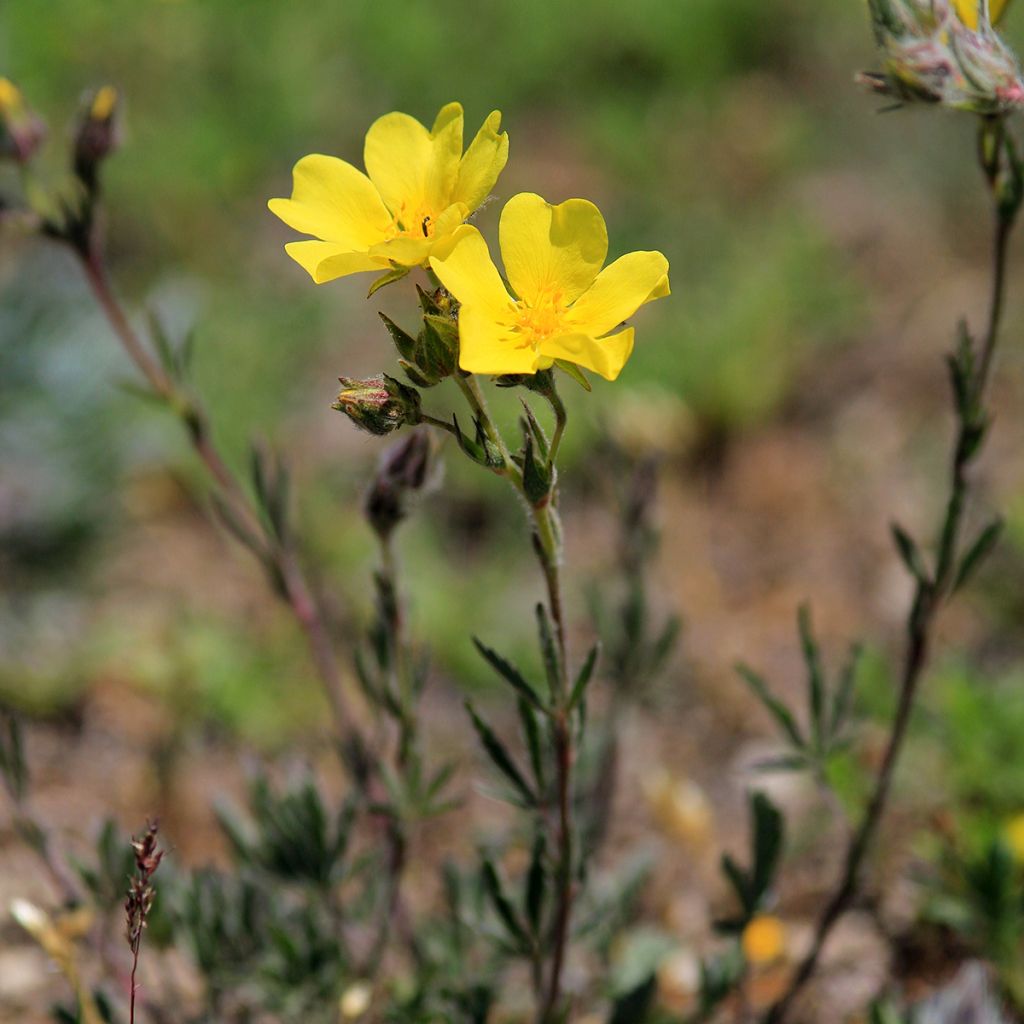

Helianthemum nummularium - Rock Rose
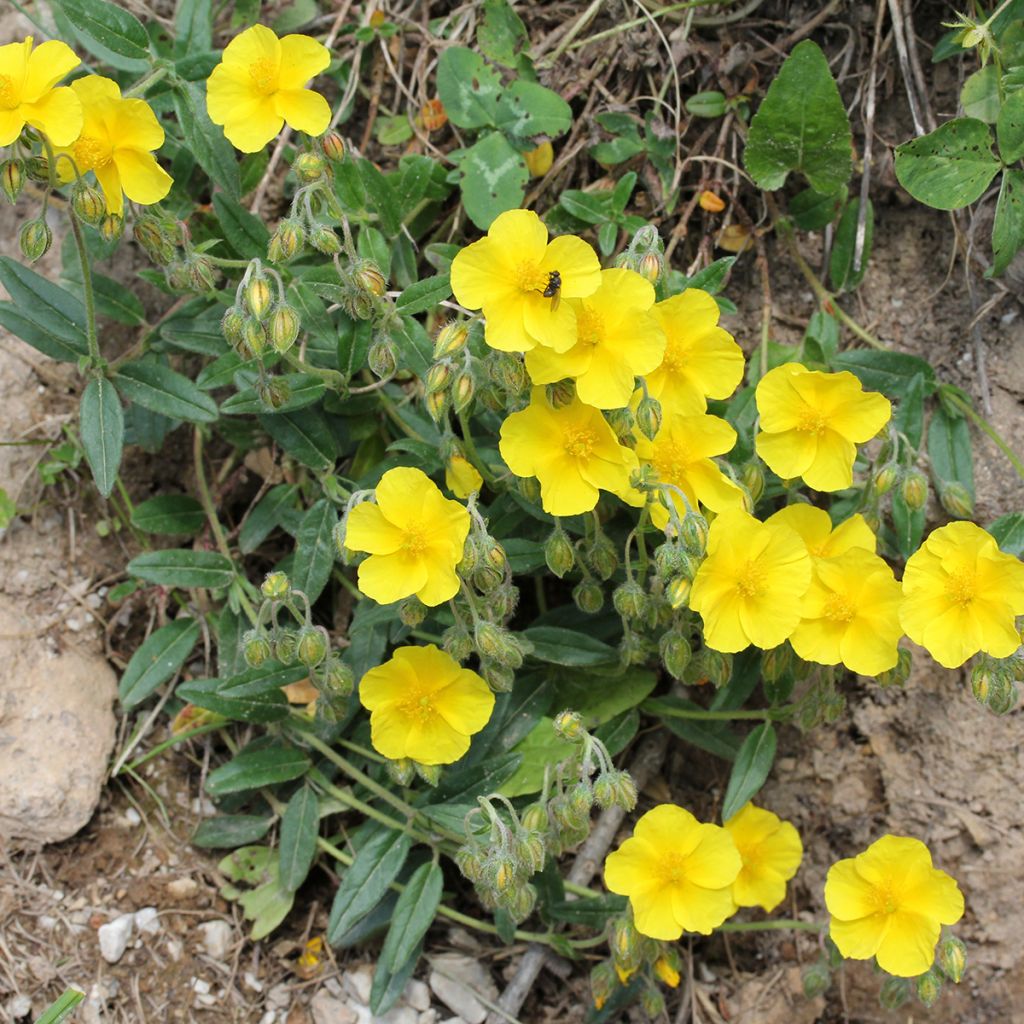

Helianthemum nummularium - Rock Rose
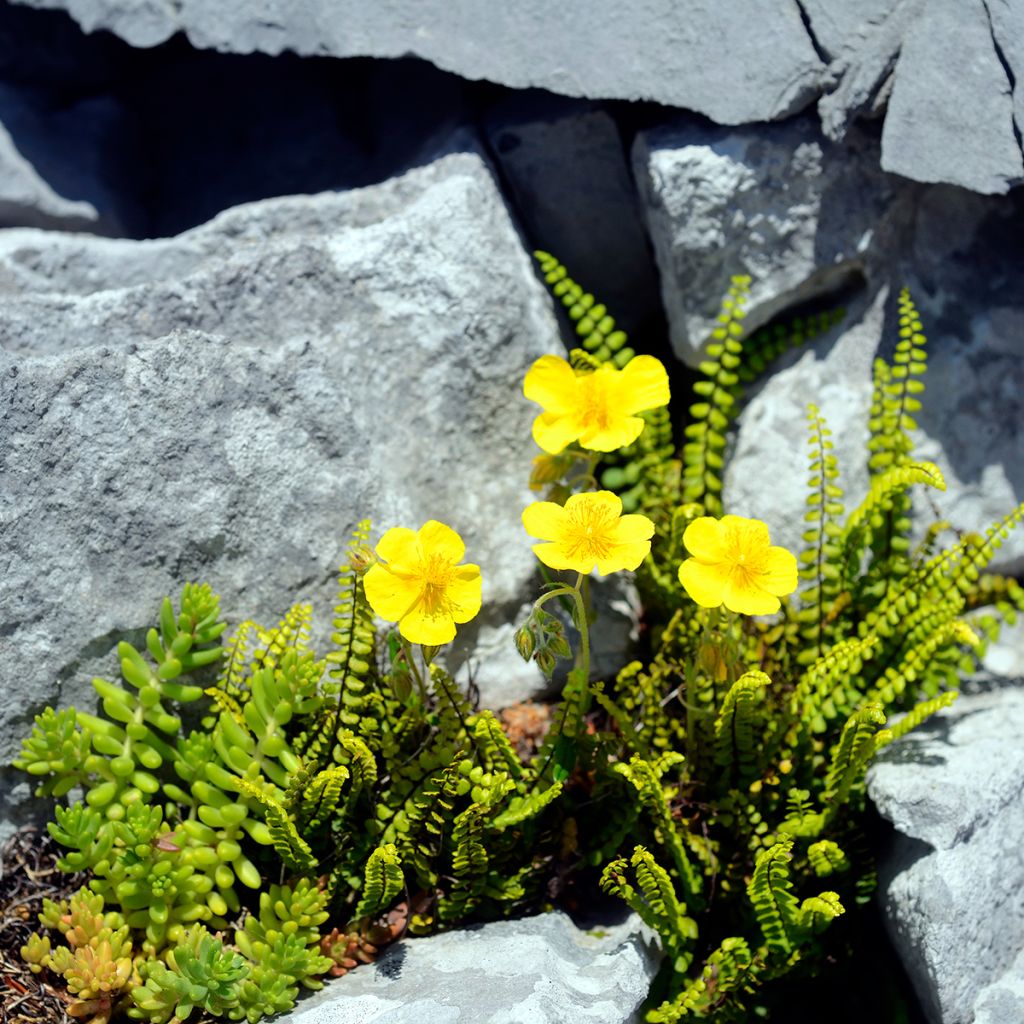

Helianthemum nummularium - Rock Rose
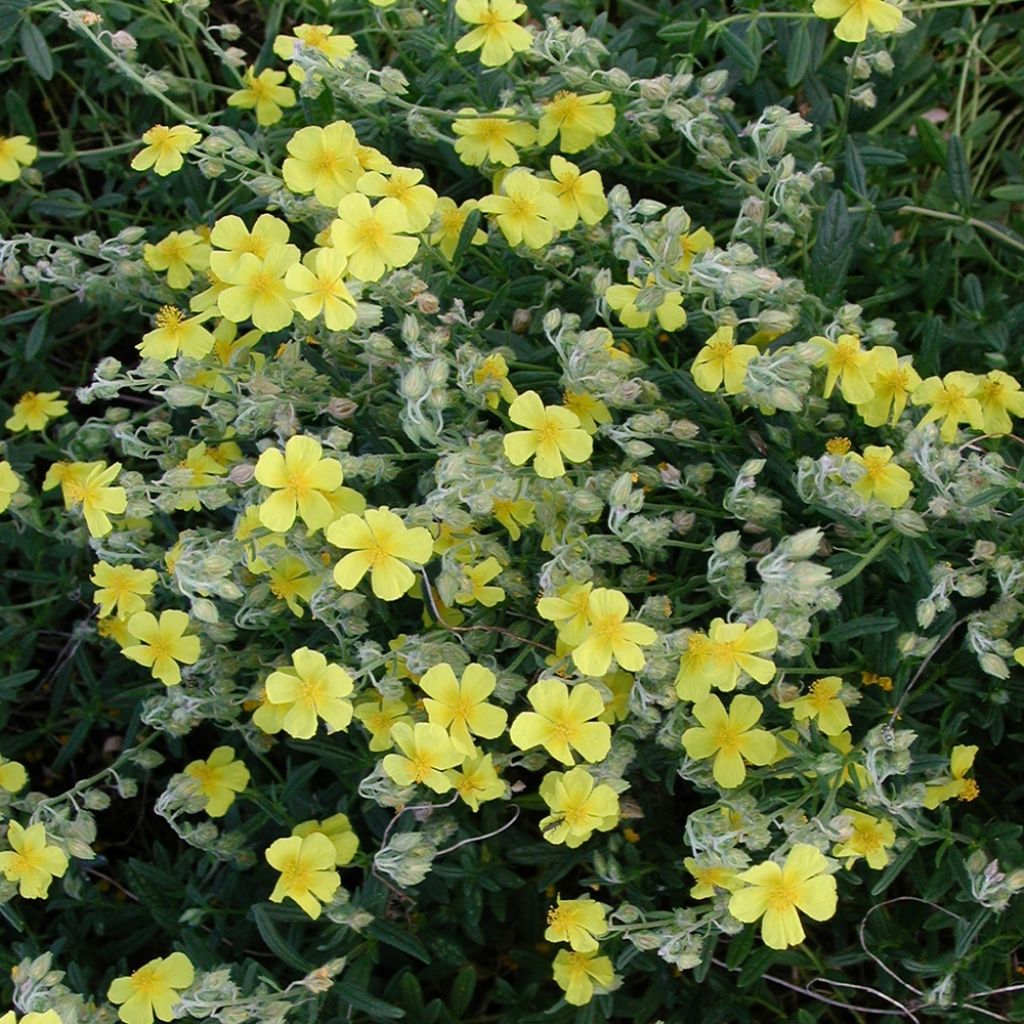

Helianthemum nummularium - Rock Rose
Helianthemum nummularium - Rock Rose
Helianthemum nummularium
Common Rockrose, Yellow Rockrose
This item cannot be shipped to the selected country
Delivery charge from €5.90
More information
Schedule delivery date,
and select date in basket
This plant carries a 12 months recovery warranty
More information
We guarantee the quality of our plants for a full growing cycle, and will replace at our expense any plant that fails to recover under normal climatic and planting conditions.
From €5.90 for pickup delivery and €6.90 for home delivery
Express home delivery from €8.90.
Does this plant fit my garden?
Set up your Plantfit profile →
Description
Helianthemum nummularium, also known as common rock-rose, yellow rock-rose or coin-leaved rock-rose, is a perennial shrub that flowers throughout the summer in the mountains of temperate Eurasia. Its low and spreading growth is adorned with a dense dark green foliage and covered in truly bright sulphur yellow flowers. In the garden, this rock-rose will naturally earn its place in a sunny rockery, even on limestone soil.
Belonging to the family of Cistaceae, the rock-rose is similar to cistus. Helianthemum nummularium is a widely spread botanical species in Europe and Turkey, found in rocky and limestone terrains in the montane zone. It is a woody-based herbaceous plant that forms a spreading clump, a bit loose, 15-20 cm (5.9-7.9 in) tall and about 30 cm (11.8 in) wide. Its evergreen foliage in winter consists of very small leaves of a shiny dark green colour on the upper side, lighter on the underside. The long flowering period extends from June to September. The plant produces numerous small 3-4 cm (1.2-1.6 in) diameter flowers with 5 petals forming a cup, light yellow with a more golden centre, adorned with a cluster of golden stamens.
Helianthemum means "sunflower" in Greek, an appropriate name for these flowers that only open in the presence of strong sunlight. Its delicate little blooms last only a few hours, but renew themselves constantly throughout the summer.
Helianthemum nummularium is the ideal plant to enhance a rocky garden or sunny slope, cascading over a wall, or in paving. It will also have a beautiful effect in the foreground of perennial borders or raised beds. Cultivating it in pots or containers on terraces also suits it very well. It is perfect for the creation of green walls and green roofs. It can be associated with many other rock plants (Erigeron, Alyssum, Shrubby Wallflower, Aubrieta), as well as perennial plants such as: Lavenders, German Iris, Cistus, Silver Bindweed, or Coreopsis. Its flowers blend delicately with the grey foliage of Stachys, artemisias, ballotas and silver baskets.
Report an error about the product description
Helianthemum nummularium - Rock Rose in pictures


Flowering
Foliage
Plant habit
Botanical data
Helianthemum
nummularium
Cistaceae
Common Rockrose, Yellow Rockrose
Western Europe
Other Helianthemum
Planting and care
Helianthemum nummularium appreciates being planted in full sun, in a neutral or limestone soil, perfectly drained, even that which is rich in rocks, gravel or sand. Not tolerating stagnant moisture in winter, it will be necessary, especially in cold and humid climates, to lighten the soil during planting by adding gravel and sand to improve drainage. Helianthemum is a very hardy plant that can withstand temperatures between -15 and -20°C (5 and -4 °F). It tolerates drought fairly well and only requires regular and moderate watering in the first year after planting; afterwards, the plant can manage on its own in average climates. A light trimming of the clump with hedge shears can be done after flowering to maintain a dense vegetation and prevent the centre from becoming bare.
Planting period
Intended location
Care
This item has not been reviewed yet - be the first to leave a review about it.
Summer flowering perennials
Haven't found what you were looking for?
Hardiness is the lowest winter temperature a plant can endure without suffering serious damage or even dying. However, hardiness is affected by location (a sheltered area, such as a patio), protection (winter cover) and soil type (hardiness is improved by well-drained soil).

Photo Sharing Terms & Conditions
In order to encourage gardeners to interact and share their experiences, Promesse de fleurs offers various media enabling content to be uploaded onto its Site - in particular via the ‘Photo sharing’ module.
The User agrees to refrain from:
- Posting any content that is illegal, prejudicial, insulting, racist, inciteful to hatred, revisionist, contrary to public decency, that infringes on privacy or on the privacy rights of third parties, in particular the publicity rights of persons and goods, intellectual property rights, or the right to privacy.
- Submitting content on behalf of a third party;
- Impersonate the identity of a third party and/or publish any personal information about a third party;
In general, the User undertakes to refrain from any unethical behaviour.
All Content (in particular text, comments, files, images, photos, videos, creative works, etc.), which may be subject to property or intellectual property rights, image or other private rights, shall remain the property of the User, subject to the limited rights granted by the terms of the licence granted by Promesse de fleurs as stated below. Users are at liberty to publish or not to publish such Content on the Site, notably via the ‘Photo Sharing’ facility, and accept that this Content shall be made public and freely accessible, notably on the Internet.
Users further acknowledge, undertake to have ,and guarantee that they hold all necessary rights and permissions to publish such material on the Site, in particular with regard to the legislation in force pertaining to any privacy, property, intellectual property, image, or contractual rights, or rights of any other nature. By publishing such Content on the Site, Users acknowledge accepting full liability as publishers of the Content within the meaning of the law, and grant Promesse de fleurs, free of charge, an inclusive, worldwide licence for the said Content for the entire duration of its publication, including all reproduction, representation, up/downloading, displaying, performing, transmission, and storage rights.
Users also grant permission for their name to be linked to the Content and accept that this link may not always be made available.
By engaging in posting material, Users consent to their Content becoming automatically accessible on the Internet, in particular on other sites and/or blogs and/or web pages of the Promesse de fleurs site, including in particular social pages and the Promesse de fleurs catalogue.
Users may secure the removal of entrusted content free of charge by issuing a simple request via our contact form.
The flowering period indicated on our website applies to countries and regions located in USDA zone 8 (France, the United Kingdom, Ireland, the Netherlands, etc.)
It will vary according to where you live:
- In zones 9 to 10 (Italy, Spain, Greece, etc.), flowering will occur about 2 to 4 weeks earlier.
- In zones 6 to 7 (Germany, Poland, Slovenia, and lower mountainous regions), flowering will be delayed by 2 to 3 weeks.
- In zone 5 (Central Europe, Scandinavia), blooming will be delayed by 3 to 5 weeks.
In temperate climates, pruning of spring-flowering shrubs (forsythia, spireas, etc.) should be done just after flowering.
Pruning of summer-flowering shrubs (Indian Lilac, Perovskia, etc.) can be done in winter or spring.
In cold regions as well as with frost-sensitive plants, avoid pruning too early when severe frosts may still occur.
The planting period indicated on our website applies to countries and regions located in USDA zone 8 (France, United Kingdom, Ireland, Netherlands).
It will vary according to where you live:
- In Mediterranean zones (Marseille, Madrid, Milan, etc.), autumn and winter are the best planting periods.
- In continental zones (Strasbourg, Munich, Vienna, etc.), delay planting by 2 to 3 weeks in spring and bring it forward by 2 to 4 weeks in autumn.
- In mountainous regions (the Alps, Pyrenees, Carpathians, etc.), it is best to plant in late spring (May-June) or late summer (August-September).
The harvesting period indicated on our website applies to countries and regions in USDA zone 8 (France, England, Ireland, the Netherlands).
In colder areas (Scandinavia, Poland, Austria...) fruit and vegetable harvests are likely to be delayed by 3-4 weeks.
In warmer areas (Italy, Spain, Greece, etc.), harvesting will probably take place earlier, depending on weather conditions.
The sowing periods indicated on our website apply to countries and regions within USDA Zone 8 (France, UK, Ireland, Netherlands).
In colder areas (Scandinavia, Poland, Austria...), delay any outdoor sowing by 3-4 weeks, or sow under glass.
In warmer climes (Italy, Spain, Greece, etc.), bring outdoor sowing forward by a few weeks.

































